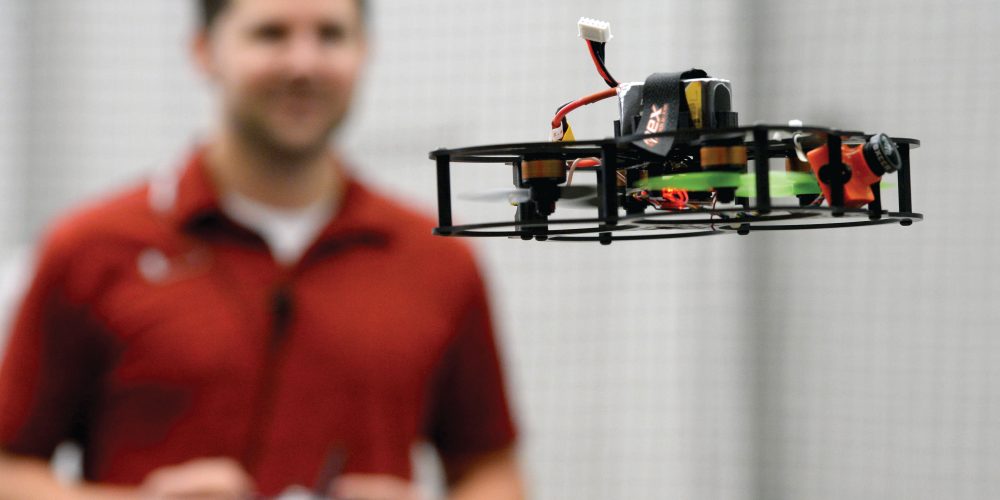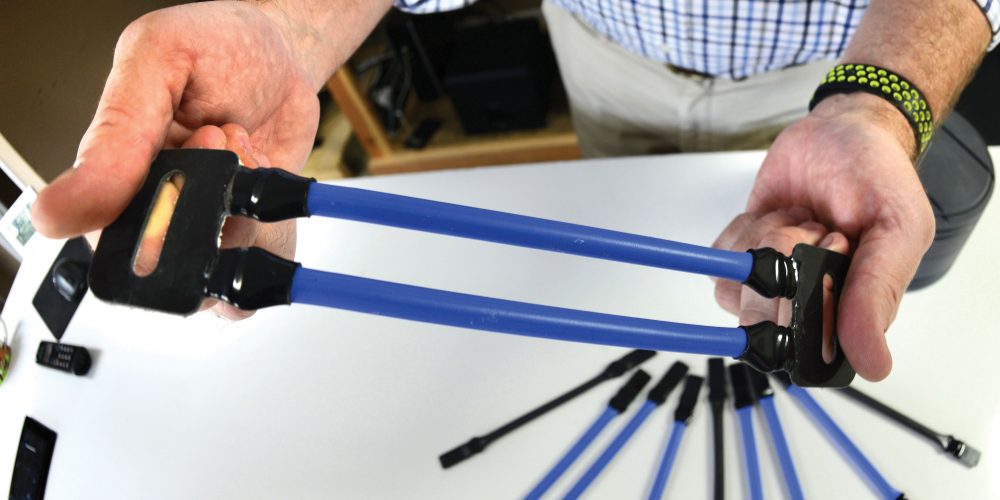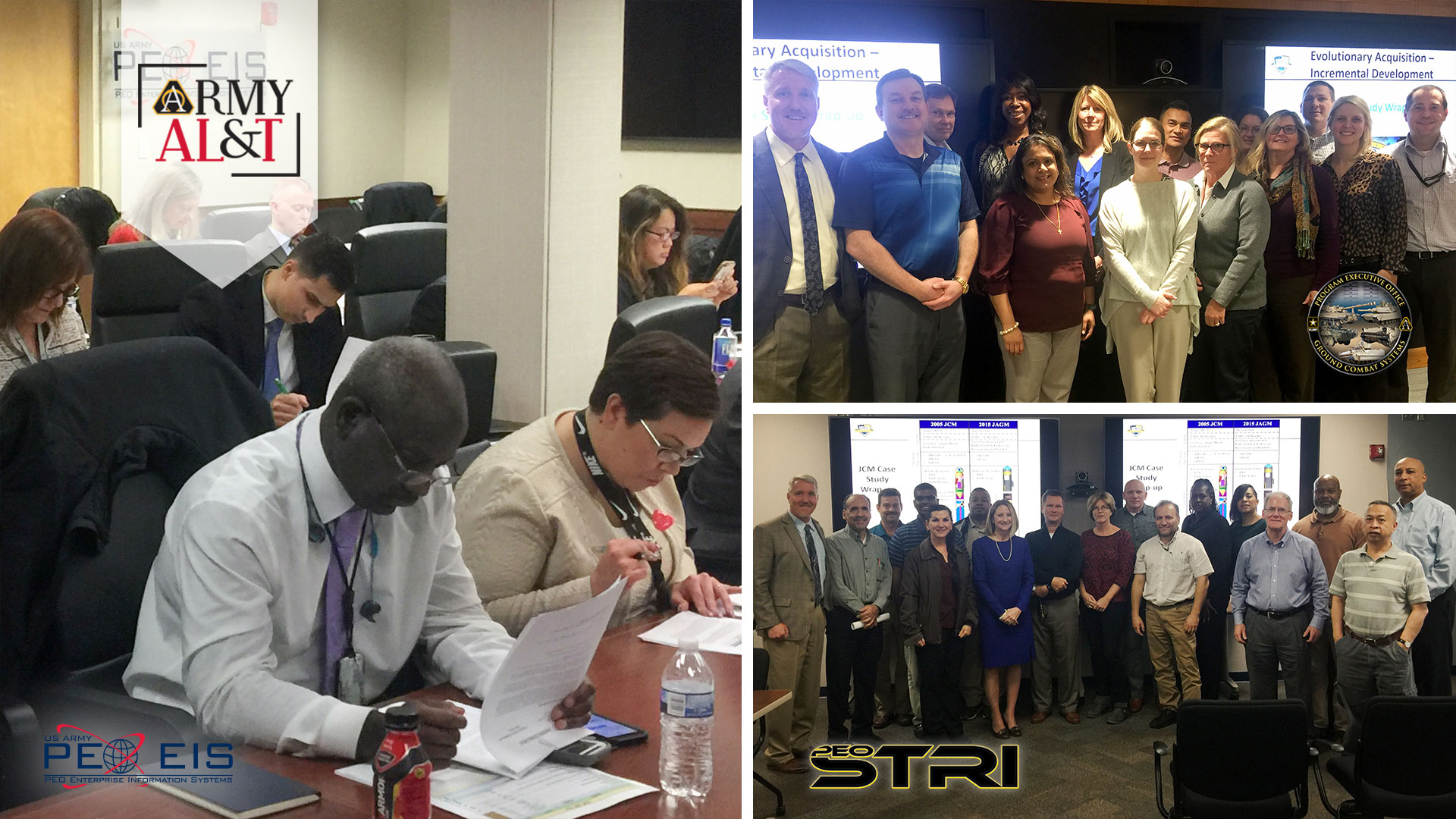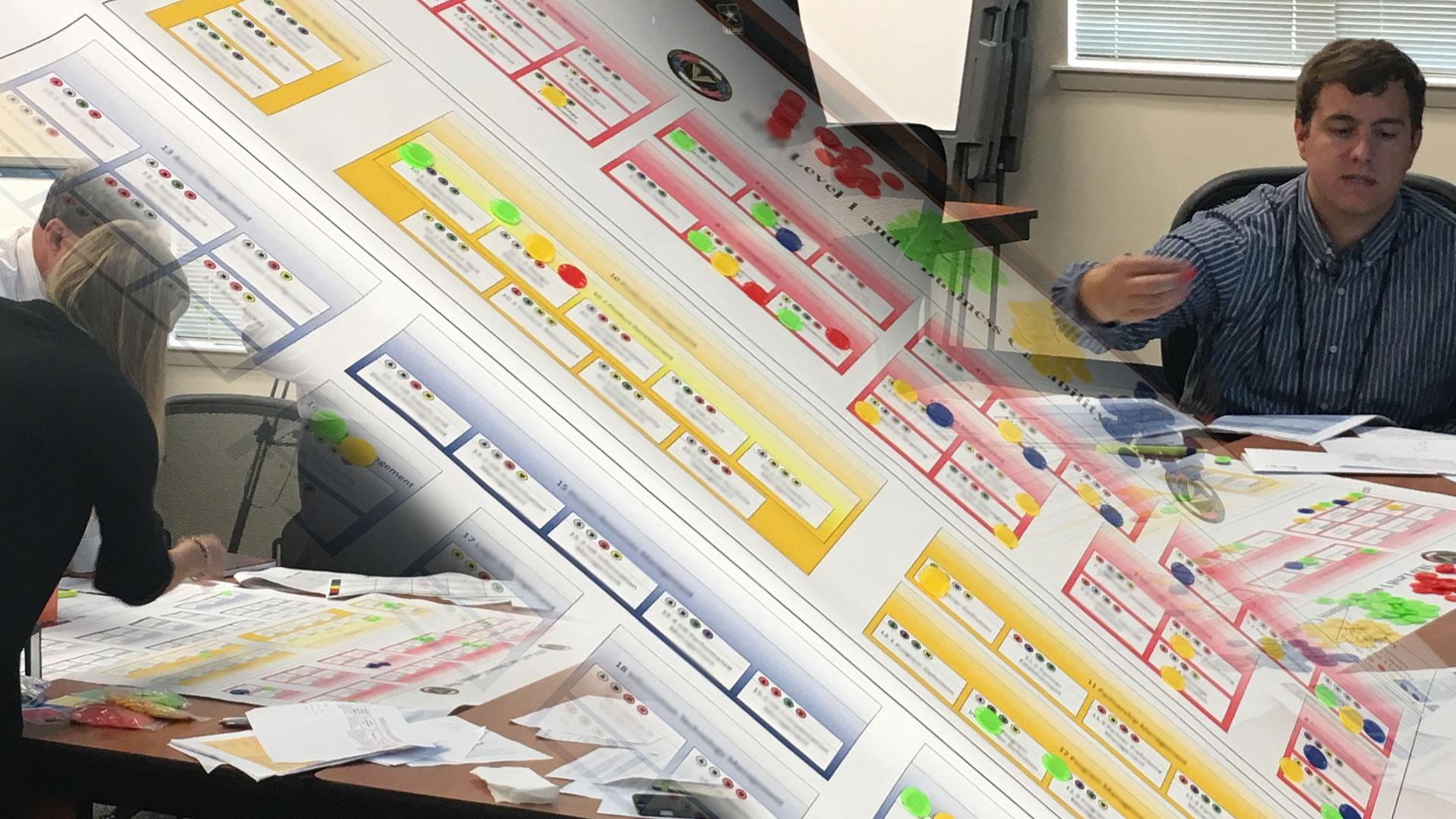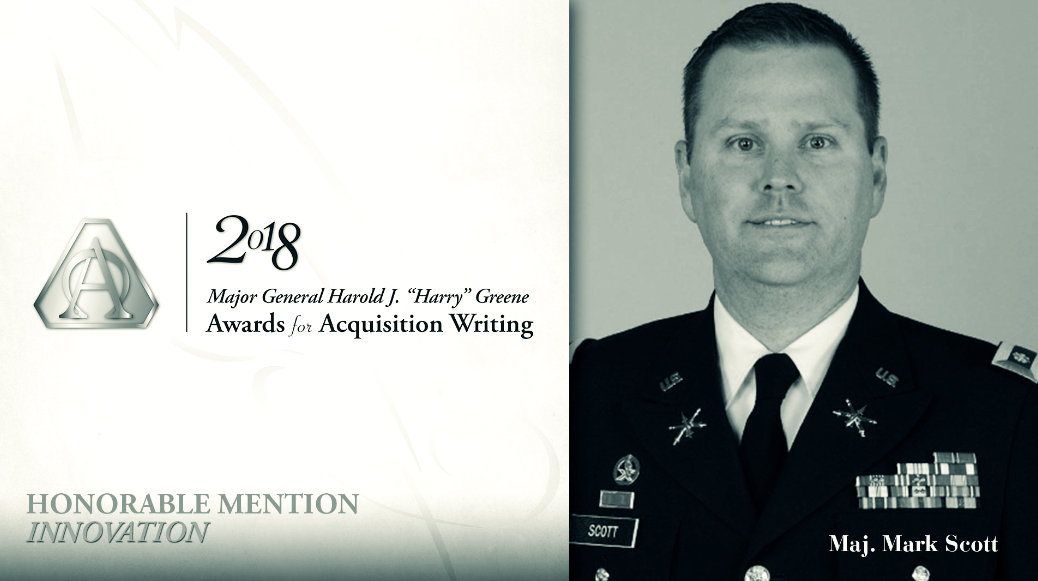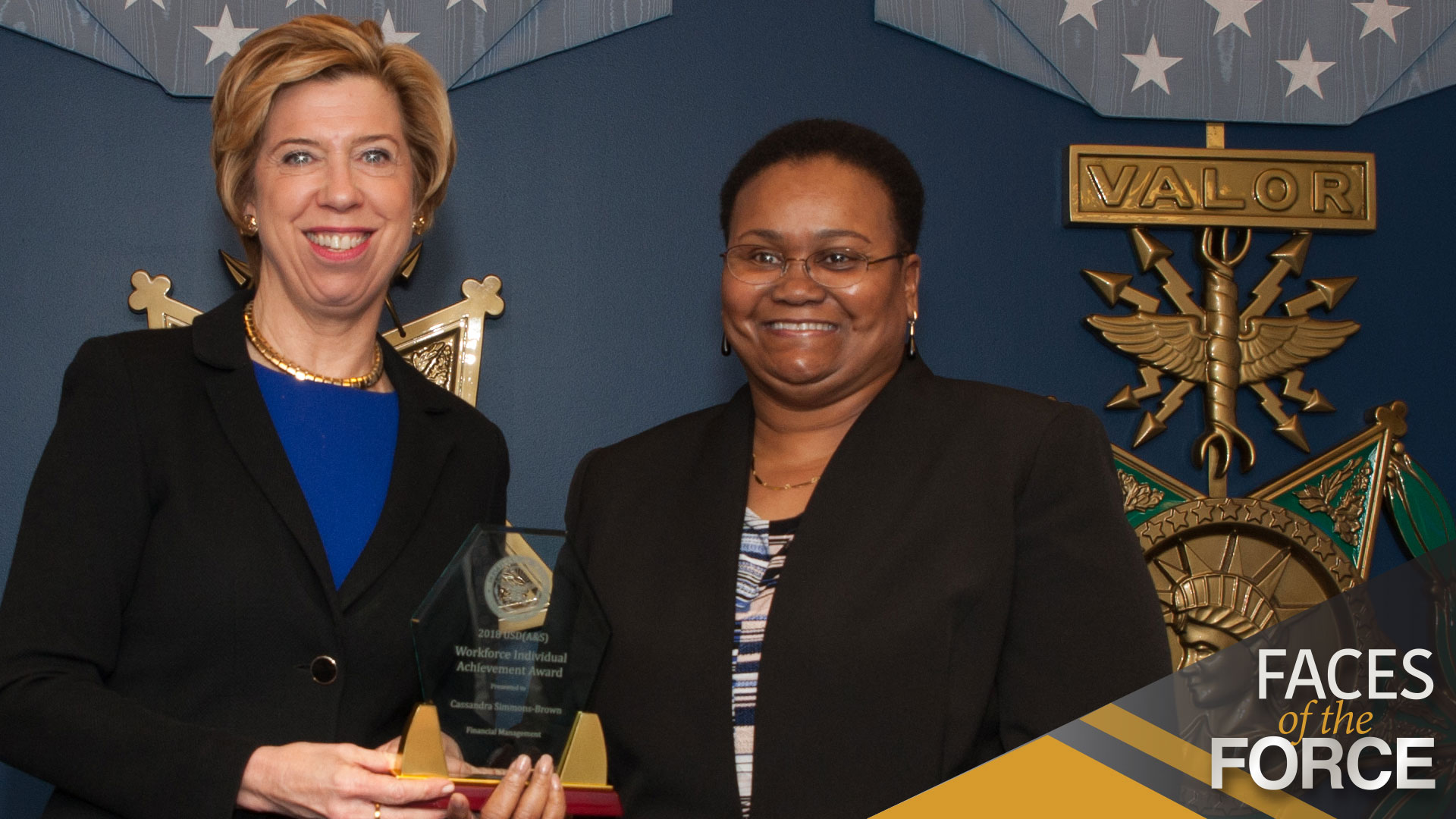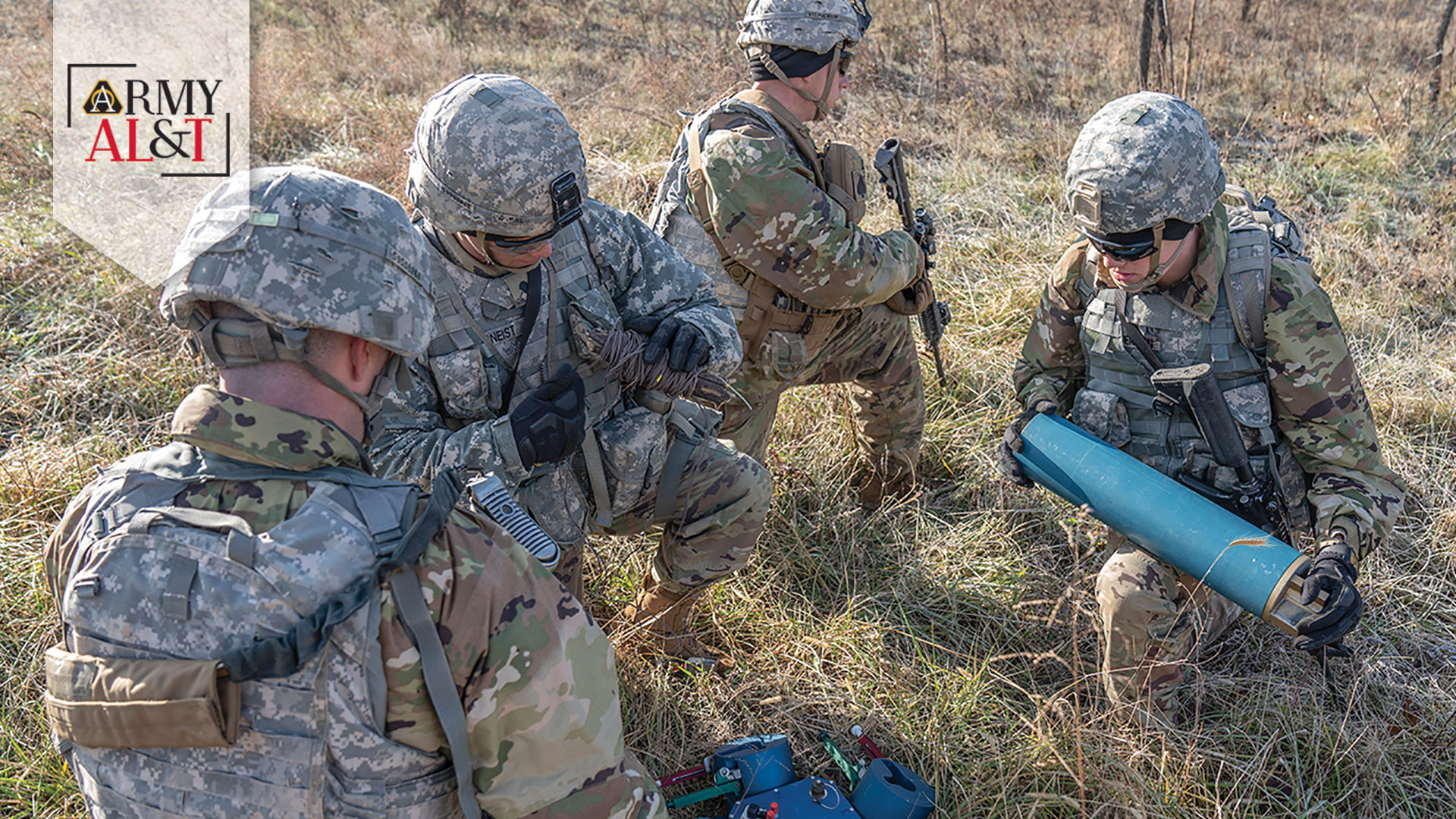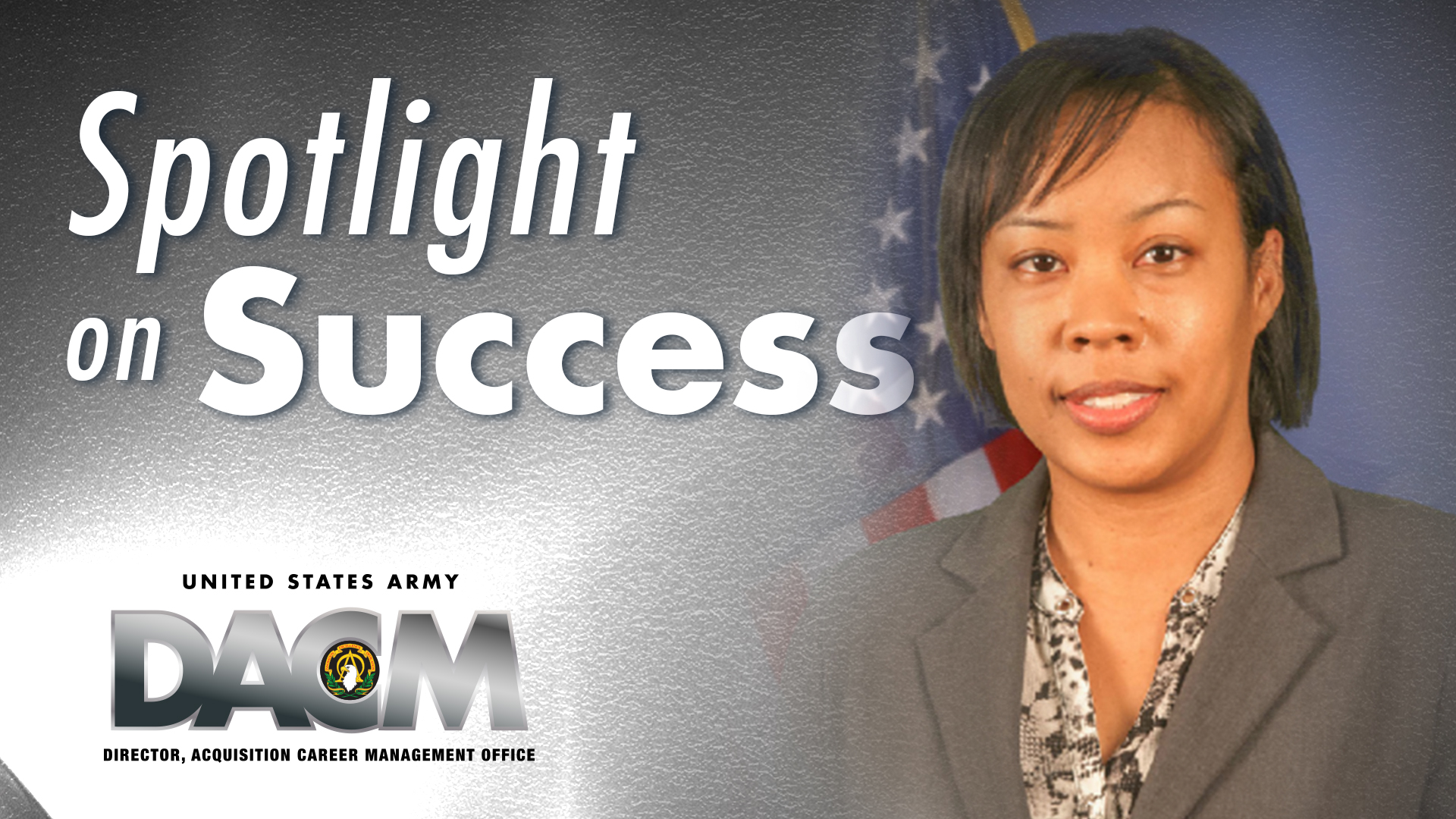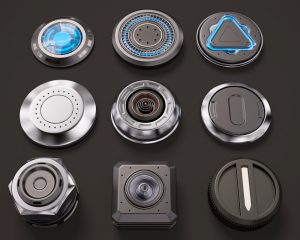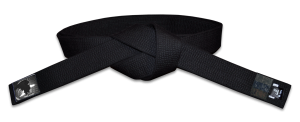TechLink public-private intermediary helps small businesses access Army inventions, benefiting the U.S. military and the national economy.
by Mr. Thomas Mulkern and Mr. Troy Carter
Putting Army research and technology in the hands of capable partners in industry is crucial for fielding decisive Army capabilities. To be successful, technology transfer requires dedication, commitment and trust.
Since 1999, Army research labs have trusted TechLink, DOD’s national partnership for technology transfer, to help bring innovative technology advances to the marketplace and the warfighter, supporting the U.S. military and the national economy and proving the value of the Army laboratory enterprise.
The Army conducts large amounts of scientific research that leads to cutting-edge inventions in virtually all technology fields, with the primary goal of maintaining our battlefield dominance. From 2014 to 2016, for example, the U.S. Patent and Trademark Office granted the Army an average of 151 patents per year on new inventions.
TechLink, based in Bozeman, Montana, is an outreach center at Montana State University with 38 full-time employees that is wholly funded by DOD through a partnership intermediary agreement. TechLink helps the DOD lab system transfer its patented technolo-gies to businesses nationwide, primarily by marketing DOD inventions and helping establish license agreements for them. TechLink is involved in about 60 percent of DOD’s license agreements across the U.S.
MISSED CONNECTIONS
Until recently, DOD had trouble connecting with small, entrepreneurial companies, which are eager adopters of new technology, will-ing to serve small specialized markets and able to develop new products rapidly for those markets.
The problem was one of DOD’s approach to technology transfer. Traditionally, DOD labs posted their inventions on their websites and featured some of them at trade shows. However, most small companies and entrepreneurs were not aware that Army research and development (R&D) labs were generating patented inventions or that companies could acquire the rights to use those inventions to develop new products.
TechLink’s traditional way of bridging the gap was to frequently review all new DOD inventions, assess their commercial potential and market the most commercially viable inventions to industry, using highly targeted website searches to identify companies that appeared to be good matches.
While successful in reaching well–established companies, this approach failed to identify smaller or newer companies that lacked a well-developed website but could be promising licensees.
EXPANDING THE UNIVERSE
In 2015, TechLink and the Leeds School of Business at the University of Colorado Boulder conducted an economic impact study of all DOD technology licensing from 2000 to 2014.
This study showed that the overwhelming majority of companies that licensed DOD technology were small businesses with fewer than 100 employees. In fact, most of those had fewer than nine employees.
The question TechLink then asked was: How can we market Army technology to small companies that might not even have a web-site? The answer was to let those small companies find TechLink.
In 2017, TechLink launched a new website that makes it easier to search for DOD technologies—by keyword, industry area and laboratory—and greatly expand DOD’s connection to companies and entrepreneurs nationwide.
“We paired this new website with a robust digital marketing strategy that can leverage the power of the internet and social media to greatly expand our outreach,” said Austin Leach, senior technology manager at TechLink. “This allows us to move beyond the tradi-tional marketing approach that reaches hundreds of companies per year to a potential reach in the tens of thousands.”
TECHNOLOGY LAUNCH
Sgt. Justin Carrington, unmanned aircraft system repairer with 2nd Infantry Brigade Combat Team, 3rd Infantry Division (2-3 IBCT), prepares an RQ-7 Shadow unmanned aerial vehicle for flight at Evans Army Airfield near Fort Stewart, Georgia, last January. TechLink’s website makes it easier to search for Army technologies that are available for license—by keyword, industry area and laboratory. A search for “UAV,” for example, brings up an Army system for collisionless flying. (U.S. Army photo by Spc. Efren Rodriguez)
NEXT STEP: EXPRESS LICENSING
The online presence of Army technology began to expand in 2016, when the U.S. Army Research Laboratory (ARL) moved to im-prove technology transfer by increasing public access to its patents through a novel process called express licensing.
“This was a team effort utilizing two of ARL’s existing partners in the technology transfer arena, TechLink and Leidos,” a private, for-profit defense solutions company based in Reston, Virginia, said Jason Craley, the ARL technology transfer specialist who led the project.
The team began in January 2016 by identifying 40 patents believed to be good candidates for express licensing, notably those ap-proaching their second maintenance fees at 7½ years. (Maintenance fees are required by the Patent and Trademark Office to main-tain a valid patent.) Army policy is to not pay second maintenance fees on patents for technologies that are not being used or have not garnered outside interest.
The team selected half of the 40 patented technologies, conducted detailed interviews with inventors and gathered marketing materi-als. TechLink posted the inventions on ARL’s Intellectual Property (IP) Store, which is hosted by TechLink’s website and is also ac-cessible through ARL’s home page.
ARL’s IP Store currently features 433 patented technologies, of which 30 are available via express licensing. Companies or entrepre-neurs can browse these technologies, select a specific opportunity, download the patent and published papers, then apply for a license to make, use and sell the technology—all online.
“A few of our patents were sunsetting before the marketplace was ready or before we could adequately advertise them,” said Craley. “Our hope is that by placing ARL’s technologies in the online store and making them conveniently accessible through express licens-ing, we’ll boost their exposure and reduce transaction costs to licensing. This is part of our push to reduce obstacles for small busi-ness,” he said.
A BOOST FROM NATICK LABS
In June 2017, the U.S. Army Natick Soldier Research, Development and Engineering Center (NSRDEC) began publicly offering express licensing on the TechLink website, which currently features a total of 112 NSRDEC technologies available for licensing.
Entrepreneurs and businesses can shop those patented technologies online, including the Insulated Container for Cold Beverages, a high-tech ice chest that keeps water bottles cool for 56 hours in 100-plus-degree weather—far longer than existing ice chests—resulting in less waste, better hydration and improved Soldier morale.
The Army’s patented invention is constructed with Modular Lightweight Load-carrying Equipment webbing for secure storage, ad-dressing concerns about traditional ice chests becoming projectiles inside vehicles hit by explosions. The U.S. Army Tank Automo-tive Research, Development and Engineering Center has slated the improved cooler for use in future Army ground vehicles, and sev-eral small businesses are pursuing licensing the design for production.
“The express licensing portal enhances the visibility of technologies that are valuable to the warfighter but may have significant com-mercial applications as well,” said Sheri Mennillo, technology transfer manager at NSRDEC. “The simplified online process featuring standardized terms reduces the uncertainty of the negotiation process, which may be particularly attractive to small business and en-trepreneurs.”
The TechLink website provides a summary of each available technology. For technologies eligible for express licensing, it also gives standardized, prenegotiated financial terms for the types of licenses being offered. The types include exclusive, partially exclusive (lim-ited to a particular field) and nonexclusive. Items that have the “express license” designation are eligible for the faster automated pro-cess.
“Express licensing provides transparency to industry, lowers barriers for everyone involved and reduces transaction costs,” said Dan Swanson, TechLink’s licensing lead. Above all, express licensing accelerates the process of getting cutting-edge Army inventions into production, where they can support the U.S. defense mission, help save lives and boost the nation’s economy.
The Army’s technology transfer partners—mostly small and midsize companies—also build surge capacity into the defense supply chain. This is especially true with dual-use inventions like improved batteries and pest control devices. By licensing these inventions, the Army develops a reliable supply chain of companies that are manufacturing dual-use products on an ongoing basis for their com-mercial customers. This increases the likelihood of timely supply when the product is needed.
The economic impacts are impressive. A 2015 survey by TechLink and the University of Colorado showed that DOD technology license agreements between 2000 and 2014 led to more than $20 billion in sales of new products and services, including $3.4 billion in sales back to the military. The 602 companies in the survey generated a total of $48.8 billion in economic output from those li-censes, along with the direct support of 182,985 full-time jobs with an average annual salary of more than $71,000.
IMPLEMENTING INNOVATION
U.S. Army Spc. Victor Ramirez, 3678th Combat Sustainment Support Battalion, 191st Regional Support Group, replaces a reverse osmosis water purification unit filter in November 2017 in Quebradillas, Puerto Rico. The Army’s scientific research leads to cutting-edge inventions in virtually all technology fields. Licensing those inventions pays numerous dividends for the Army as well as private industry. (U.S. Army photo by Sgt. Avery Cunningham)
IMPORTANCE OF PATENTING
Years of working with Army laboratories has convinced TechLink Executive Director Will Swearingen that without intellectual prop-erty protection, private firms rarely make the investment needed to bring new technology to the market.
“Without patent protection, other companies can simply copy the product, making it difficult for the company that developed the product to recoup its investment and make a profit,” Swearingen said. “That’s why we encourage labs to patent their inventions. It’s essential to technology transfer and convincing a company to invest its resources in converting a lab invention into a commercial product the DOD can procure.”
Patents also recognize the effort that scientists and engineers have made, conferring prestige that encourages continued excellence in the field. Last but hardly least, they provide a quantifiable measure of lab productivity. Some Army researchers are extremely produc-tive. Herbert A. Leupold, a recently retired ARL physicist whose discoveries advanced radar, satellite communications and electronic warfare systems, received 116 patents assigned to the secretary of the Army dating back to the 1970s—the record for an Army em-ployee, according to the Patent and Trademark Office database.
COST BENEFITS FOR DOD
“Typically, the DOD’s investment in a new defense-related product, licensed from a DOD lab, is only around 15 percent of the total investment necessary,” said Swanson. “By licensing to industry, DOD can offload the large expense of converting an early-state proto-type into a final product. It’s a very cost-effective way to acqure cutting-edge technology.”
Many products derived from Army inventions have both military and civilian applications. In those cases, the Army frequently saves money on procurement because it benefits from manufacturing economies of scale. Where there is a sizable commercial market for a dual-use product, the Army will need to spend far less on acquiring that product than if it contracted with the defense industry to de-velop it. For example, rate-actuated tethers invented at ARL, which stretch and relax easily at normal stress but provide dramatically increased resistance force when pulled quickly, are being explored by small businesses for health care and sports applications. (See “Per Vivo Labs warms to tech transfer,” Page 183.)
“Contracting with a prime supplier for a custom design and production of a defense product is usually far more expensive,” Swanson said. “By patenting its inventions, the Army also protects itself from defense contractors and others laying claim to a technology,” he added. “Without patent protection, the Army and other branches can end up paying twice for a product—once for the original R&D, and a second time by paying the contractor a premium price to use the patents that should belong to the DOD.”
Finally, when licensing its inventions to industry for commercial use, the Army earns revenue and is no longer responsible for patent maintenance costs.
COOL CUSTOMERS
This insulated container for cold beverages, a high-tech ice chest that keeps water bottles cool far longer than existing ice chests, is one of 112 technologies developed by NSRDEC that are available for licensing. (U.S. Army photo by David Kamm, NSRDEC)
CONCLUSION
Partnerships between the private sector and the Army’s science and technology community benefit the warfighter and the American taxpayer, and help grow the national economy.
“Businesses provide upfront payments and ongoing royalties on the inventions they license. That enhances the return on the R&D investment while keeping the fighting force at a technological advantage,” said Swanson. “And by bringing industry partners into the fold, TechLink helps the Army’s science and technology community continue to innovate in ways that benefit the acquisition work-force.”
For more information, go to http://techlinkcenter.org or contact Will Swearingen at wds@montana.edu.
MR. THOMAS MULKERN is chief of the Technology Transfer and Outreach Office at ARL, Aberdeen Proving Ground, Maryland. He is responsible for directing technology transfer programs as well as support for outreach programs in science, technology, engineering and mathematics. He holds an M.S. in plastics engineering from the University of Massachusetts and a B.S. in mechanical engineering from Northeastern University. He has published dozens of technical papers on polymer matrix composite research, and holds one U.S. patent. He is Level II certified in program management.
MR. TROY CARTER is the senior writer and editor at TechLink. He provides original reporting on technology transfer, visual media and marketing activity in support of the DOD laboratory system. He holds an M.A. in political science from American University of Beirut and a B.A. in political science from the American University in Cairo. He is a former infantry sergeant and combat veteran from the Army’s 10th Mountain Division, serving in Afghanistan in 2003-04 and in Iraq in 2005-06.

